
for Parity
to Bucknell women in entertainment

for Parity
Certainly, the culture has reached a new level of awareness when it comes to gender-related issues in the industry — from sexual harassment, to the gender pay gap, to representation. The first step toward fixing the problem is acknowledging it. Just a few concerning statistics among many: In 2018, women comprised just 20% of all directors, writers, producers, executive producers, editors and cinematographers working on the 250 top-grossing domestic films, according to San Diego State University’s “Celluloid Ceiling” report. Or another: 63% of TV prime-time news broadcasts feature male anchors and correspondents, versus 37% women, according to the Women’s Media Center.
While the debates around these issues can be fraught, there are at least a few clear pathways to fixing them. One straightforward solution is simply to have more women working in the industry. Bucknell boasts an impressive number of women who are doing precisely that: working as producers, storytellers, makers and executives — or executives-to-be. (Coincidentally, all six women highlighted in this feature majored in English, though many also had second majors in disciplines such as sociology, women’s & gender studies, and biology.)
Through their work, they’re paving the way for other women to feel just a little more comfortable speaking up in meetings, trying out something new and challenging or telling an important story. One alumna, CNBC producer Leanne Bowes Miller ’10, says she’s proud to work in an environment where many of her bosses, and 17 out of 19 field producers, are women, though there’s still room to improve at the senior management level. “The more that we see senior-level roles given to well-deserved women, the more empowered women as a whole feel at that organization,” she says. “I hope all the women now entering the workforce are feeling ‘This is my time. My time is today.’ ”
Tyson spent four years in marketing at USA Today and now handles brand partnerships at Complex, a media company focused on youth culture. That could mean executing photo and video shoots with artists, or managing the production of custom marketing partnerships with companies such as Amazon Prime Video and NBA2K, and “bringing that to life in a dope, experiential way that will be engaging to consumers,” she says. “I’m like the glue that keeps everyone together.”
Sasso is a “digital storyteller” — an umbrella term for her many disparate projects, including fulfilling contract work for media companies while launching her own creative projects. She recently was a writing-room consultant and occasional host for the PBS show Say It Loud. She’s just finished a Ph.D. in Africana studies at Cornell University, is writing a “dramedy” and started a production company with three other African American women. That’s enough to keep anyone busy, but on top of all that, she’s raising her 9-year-old niece (“I call myself her ‘mom-ty,’ ” she jokes), and is pondering how to get back to Maryland more often, so she can create a mentorship and youth empowerment program in her old neighborhood. When it comes to job titles, Sasso says, “Most people like to be able to check off a box, but I don’t feel like I have to fulfill all these traditional roles. The cool thing about the digital space is that I can create and do whatever I want and say screw all the rules.”
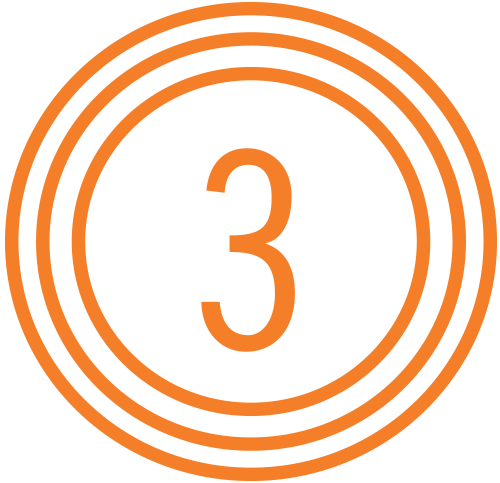
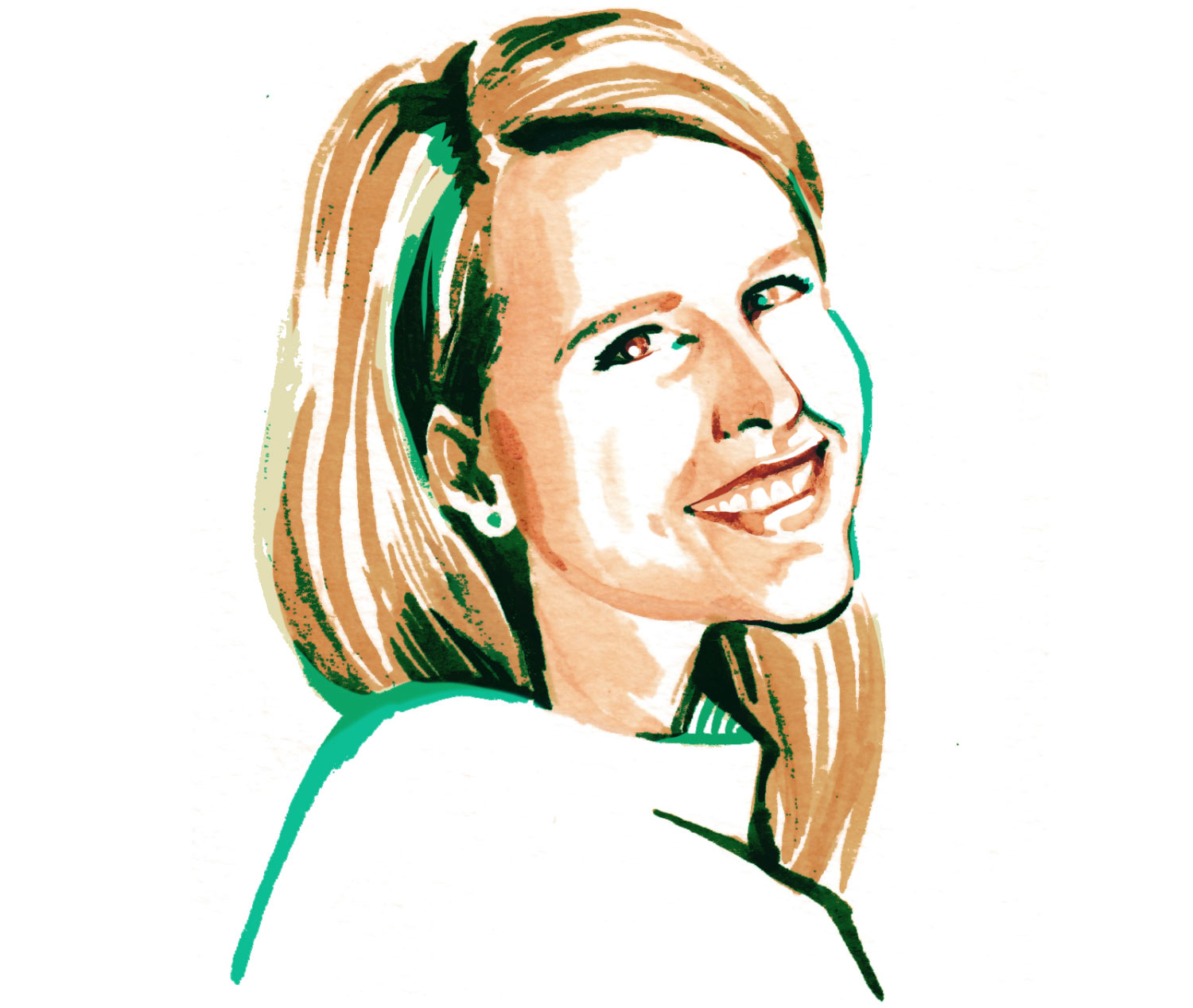
Leanne Bowes Miller ’10, producer for the CNBC morning host David Faber
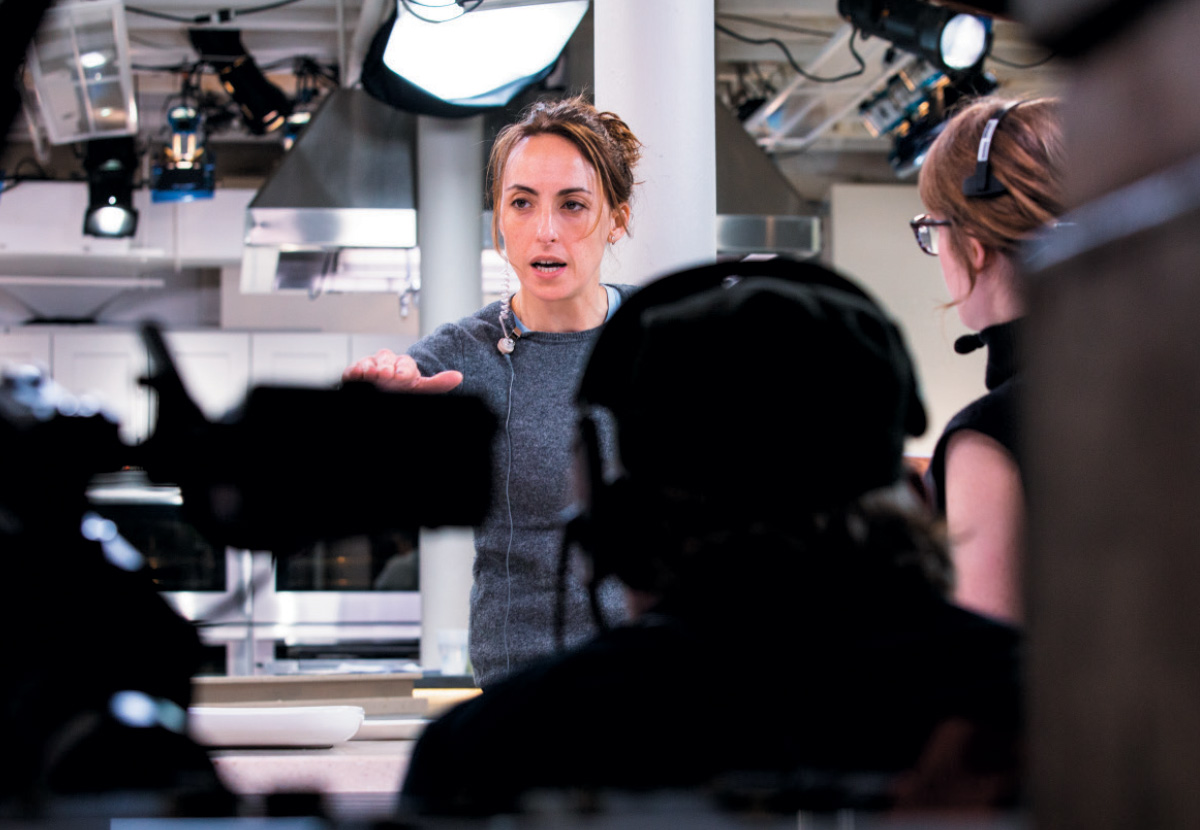
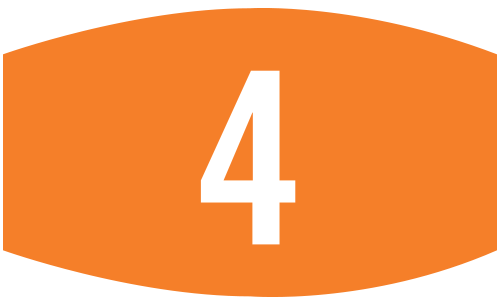
For the last three years, Agnes was the executive producer at PBS’s highest-rated cooking shows, America’s Test Kitchen and Cook’s Country, “the most delicious job I’ve ever had,” she says. “You shoot the ‘beauty’ shot of the food steaming, then everybody comes in and eats it up.” As the executive producer, she was “in charge of making sure everything goes the way it’s supposed to” — overseeing all creative, staying within budget, on schedule, and ensuring every team is communicating and getting things done. This March, Cook’s Country was nominated for an Emmy for Outstanding Culinary Program.
“My parents say, ‘What do you do all day at work?’ I’m like, ‘I have a million meetings and am constantly putting fires out!’ ” she says. Earlier this year, Agnes left America’s Test Kitchen to return to freelancing and is developing her own shows, which hopefully will include a feminist comedy, “because I feel like we need more of that.”
The development work has its downsides. “You put everything you can into an idea, and if it gets passed on, you have to be able to put it down and move on to the next thing,” she notes. However, she adds, “I’ve been making tons of TV the last 17 years, and I feel like I’m good at what I do; now I want to make the shows I want to watch.”
for ‘60 Minutes’
After postgraduation stints at CBS Evening News and CBS This Morning, Gordon has landed back at 60 Minutes, the place that first sparked her enthusiasm for journalism, but this time as an associate producer. She has produced stories on a wide range of subjects, including an interview with Egypt’s President Abdel Fattah el-Sisi and a firsthand look at the immigration crisis at the U.S.–Mexico border with correspondent Sharyn Alfonsi.
Gordon’s responsibilities as producer are equally broad: She researches stories, interviews potential subjects, develops budgets for shoots, books team travel and repeatedly refines stories with correspondents, editors and executives. They often shoot more than 40 hours of material for just a 12-minute piece. “It’s like a big puzzle, piecing together and marrying all the interviews so they bounce off each other and everything makes sense,” she explains.
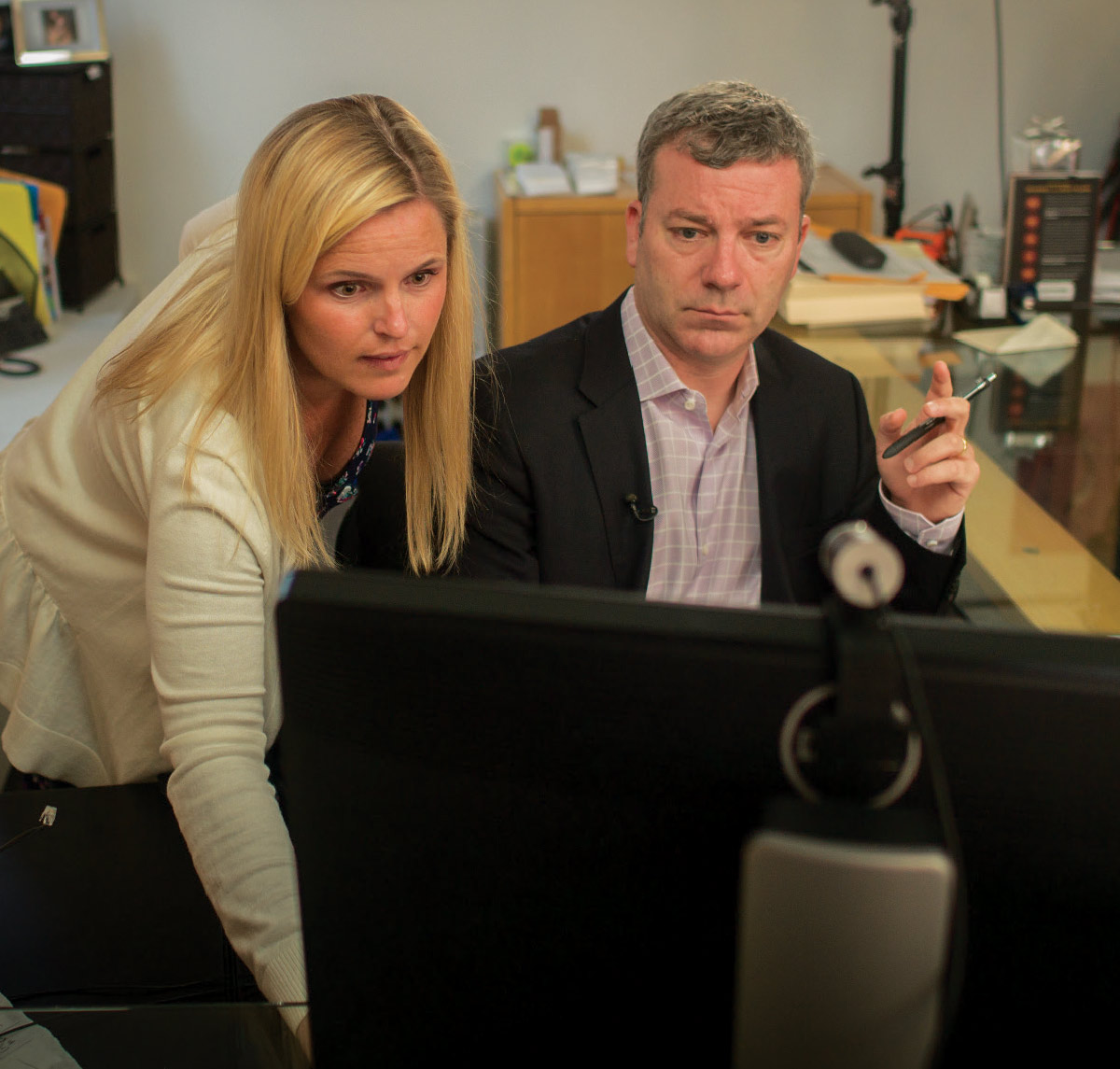
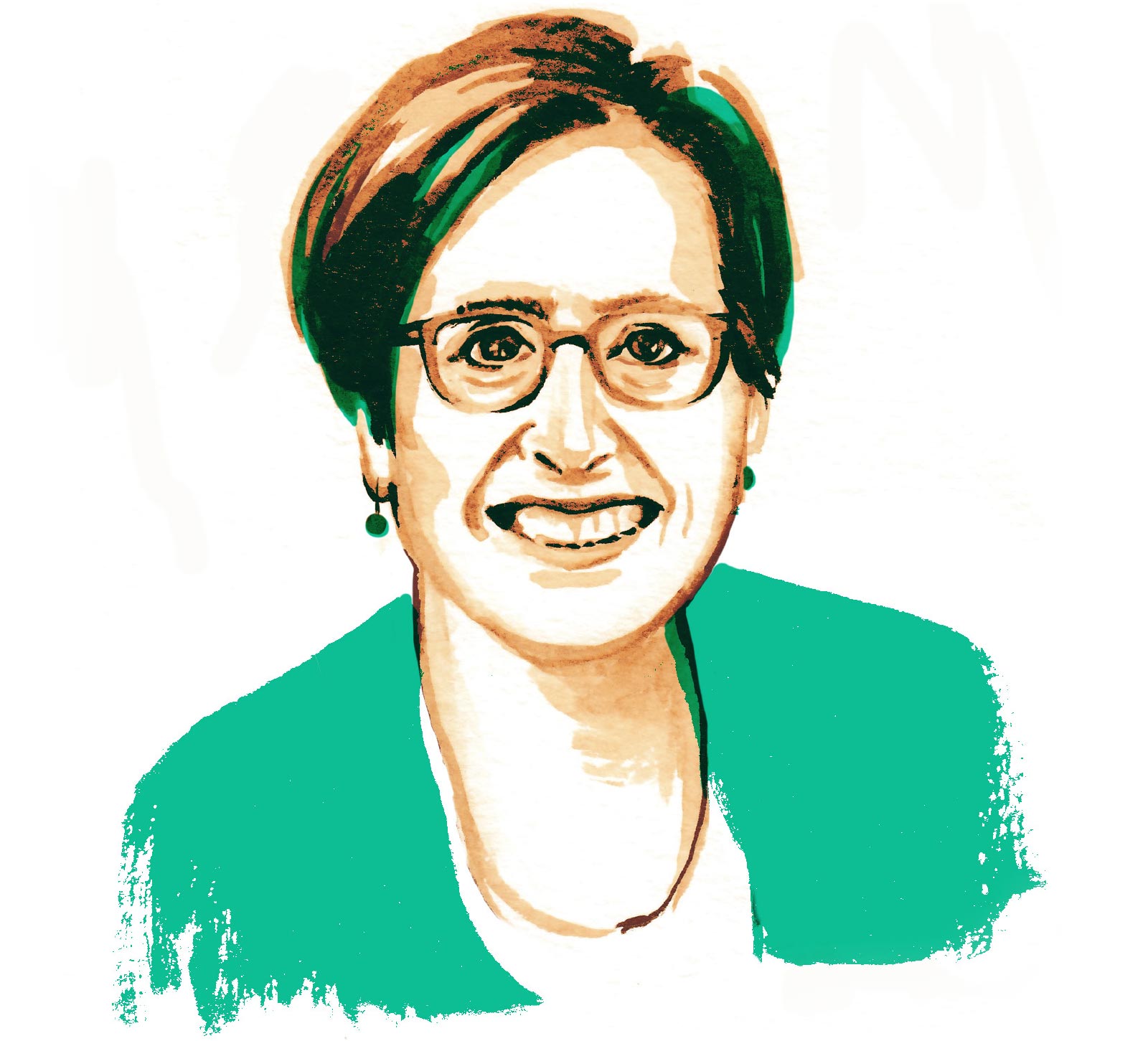
Gay Leightheiser Mohrbacher ’82 has been interested in TV and radio since hearing a talk at Bucknell by a 60 Minutes producer.
For the last 20 years, she’s been at WGBH in Boston, the country’s largest PBS broadcasting station. Mohrbacher works in project management and outreach for the station’s education department, helping to develop and share educational resources tied to the station’s children’s shows and other programming for children and youth. “If you’re an educator teaching Wuthering Heights, for example, you can utilize key scenes from the Masterpiece broadcast and follow a lesson plan and contextual resources all tied to the educational standards in your state,” she explains.